What does it mean to have a clean beauty product? It's commonly perceived as the safest option available in the beauty market, but is it really true? Can a product be 100 per cent pure? We turn to Navneet Kaur, founder of Yours — a personalised clean skincare brand in Singapore — for her thoughts on this growing corner of the beauty world.
The real meaning of clean beauty
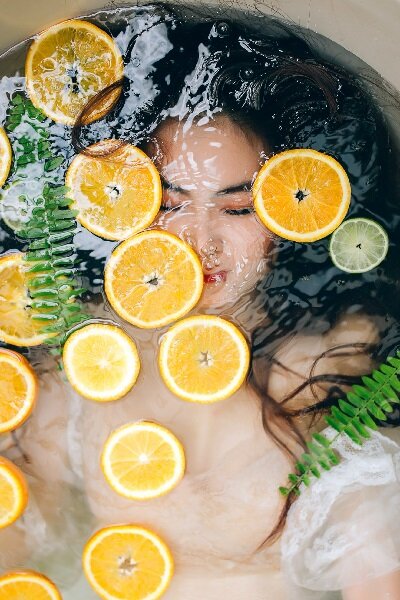
Even though it's one of the growing categories in beauty, there isn't a standardised meaning to the label.
“At the fundamental level, ‘clean’ formulations are essentially safe, non-toxic, and utilise plant-based ingredients to deliver active results while staying sustainable with regard to environmental impact,” Navneet says. To put it simply, it should be safe, effective, and transparent.
The most important part of this is safety. Non-toxic ingredients are the foundation of this industry. “Advocate or not, having toxic chemicals in our skincare is definitely something we’d all want to avoid,” Navneet claims. Its entire purpose is to produce beauty items without the eventual harmful side effects caused by perceived toxic ingredients. To achieve this, brands must undergo a strict and thorough safety testing, aside from using cleaner ingredient alternatives from the very start.
Toxic ingredients and some misconceptions
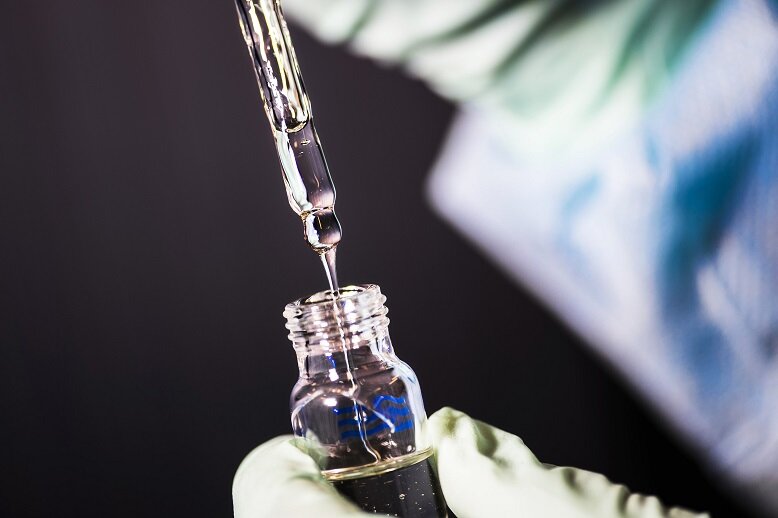
Some chemicals have been banned from being used in cosmetics, though what ingredients are considered toxic differs from country to country.
While harmful ingredients aren’t exactly novel to makeup and skincare — the ancient Greeks and Egyptians used heavy metals in their cosmetics, after all — research has found that they can add up over time and manifest in health issues such as hormonal imbalances, reproductive disorders, and tumours, Navneet enumerates. One of these proven toxic substances is asbestos, a known carcinogenic that has been found in trace amounts in makeup.
Because of this, a lot of clean beauty advocates have chosen to forego all items with perceived toxic or harmful chemicals in its formula. This has led to people going au naturel with their skincare, even though not every natural or organic ingredient is good for the skin. Which is why people often relate clean beauty with other labels such as all-natural and organic.
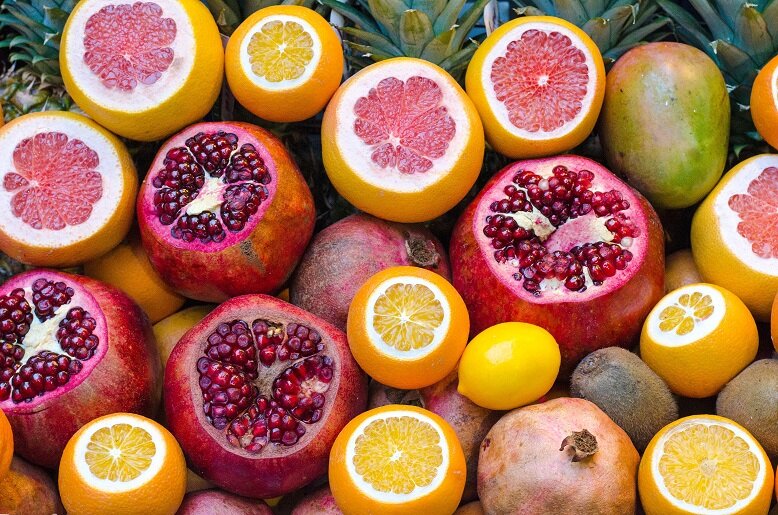
"Clean" doesn't necessarily mean it's made with all-organic or natural ingredients.
“‘Natural’ refers to ingredients that are derived from nature — think mineral oils, aloe vera, botanical oils, butter, and so on. Organic beauty, on the other hand, focuses on ingredients that have been organically farmed, in an effort to avoid pesticides,” Navneet explains. Both are associated with the label but don’t necessarily coincide with each other.
While choosing to go the natural or organic route may sound appealing, it doesn't mean that it’s completely safe for our skin. Navneet shares that some natural ingredients can be too strong or simply unsuitable to use on the skin. Mineral oils, for example, can actually clog your pores and essentially suffocate your skin. On the other hand, not all synthetic compounds are bad. Synthetic compounds are naturally derived or naturally occurring ingredients that have been replicated to give the same benefits. Hyaluronic acid is just one of many synthetic compounds that have gained popularity within the beauty community.
Other benefits such as sustainability and eco-friendliness aren’t prerequisites for a clean product, though it would add some bonus points to the brand from a consumer’s point of view. For example, it can have a mix of synthetic and natural ingredients that can achieve the same results of an organic beauty product with endangered ingredients.
The importance of transparency
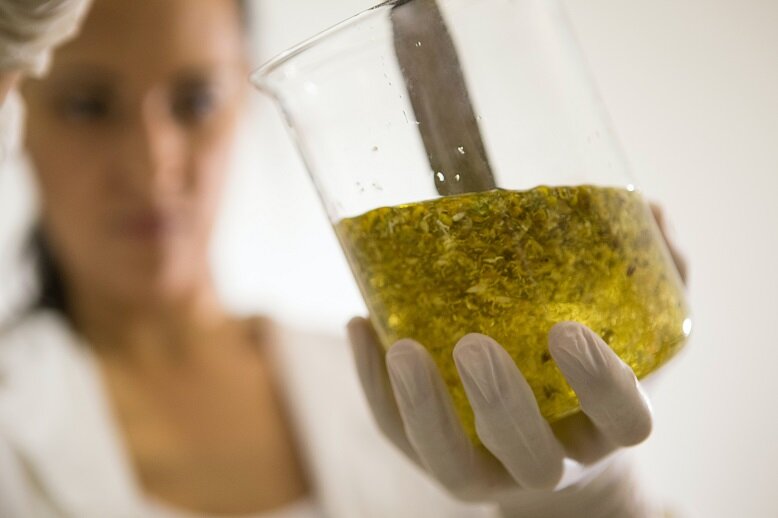
Ideally, a truly clean brand would be upfront about their standards and processes.
Aside from safe ingredients, a truly clean brand should practice transparency. This comes in when a product’s label clearly states the ingredients in its formula. Though most countries impose some labelling guidelines, it still leaves a lot to interpretation. Unethical practices, such as using the blanket term “fragrance” to hide debatable ingredients, have long been used in cosmetics. Brands that subscribe to the clean beauty label must be clear about the ingredients they use. Otherwise, there’s no point in using the label.
Authentic clean makeup and skincare should, ideally, be thoroughly tested during the manufacturing process — well before it even lands in the aisles of a retailer or an e-commerce store. Research and development are one of the most important parts of creating a clean beauty product. “Transparency of the supply chain is the most critical part [of creating clean products] as a lot of manufacturers order raw materials online from suppliers they have never met, hence the quality and safety of the clean ingredients is also a concern.” So while a brand would have good intentions in creating a clean cosmetics line, once cross-contamination takes place, it would be for nothing. For Navneet and her brand, choosing to source each ingredient from trusted suppliers and implementing stringent safety standards are just part of the course.
Cleanwashing — what is it?
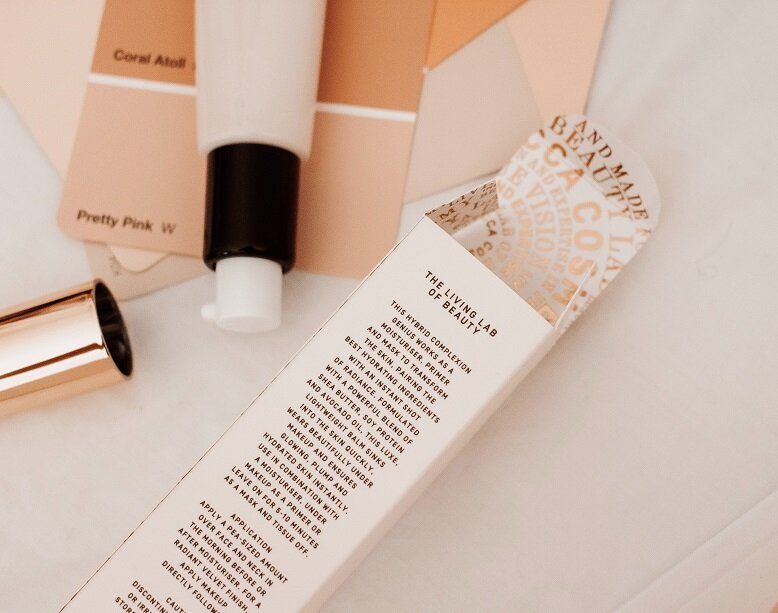
Always check a product's ingredients list before adding it to your cart.
But not every brand in the market follows these guidelines. “When it comes to clean beauty, the cosmetics industry is lightly regulated. For example, the European Union bans more than 1,300 ingredients, while the United States curbs around 30,” Navneet shares. A lot of brands have taken advantage of these loose regulations and have started using the label even without fully subscribing to its cause. Hence, the term “cleanwashing”, a play on greenwashing or the false use of labels such as organic and all-natural. Since the clean beauty category currently doesn't have an official government or third-party definition, there aren't any official guidelines or standards in place for using the label aside from not using banned ingredients. Theoretically, any brand can use the label if left unpoliced by consumers or non-profit organisations.
It’s one of the dangers of a growing niche in the market. Once people start paying attention, the demand for products increases and some entities are quick to jump on the bandwagon. “Brands will respond by releasing products at a scale and pace greater and faster than the development of international regulations for clean beauty. This may see the market flooded with products that are not really as clean as advertised i.e. ‘greenwashing’. Unfortunately, this is already happening, to an extent,” Navneet observes.
Proceed with caution
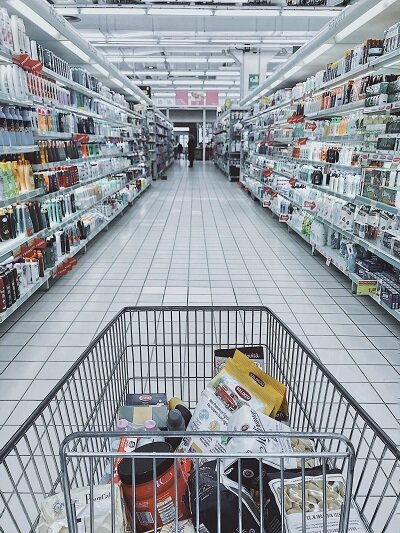
We should always be careful in choosing which products to use on our bodies.
Because there are more products being touted as “clean”, we as consumers need to be more vigilant about the items we use. The first step is checking the labels for the ingredients. Some red flags you should look out for are parabens, phthalates, sulfates, formaldehyde, toluene, triclosan (TSC), PEGs (PolyEthylene Glycols) and ethanolamine, according to Navneet. Check other ingredients through resources such as the Environmental Work Group’s (EWG) Skin Deep® Database, Think Dirty App, and Cosmetic Ingredient Review.
While it’s possible for beauty products to be completely clean, what the label means can differ depending on where you live and where the products are made. Because of the non-standard regulations surrounding the label, mass-produced products are left to be categorised as clean (or not clean) by retailers. It’s highly likely that one retailer would allow a particular ingredient that another wouldn’t classify as clean. It’s up to you, the consumer, to determine whether you would choose to purchase a supposedly clean beauty product. Do your research on the brand, its processes, and its ingredients. While it’s a lot of work on our part, at the end of the day, we’re the ones applying these products to our skin.
Until official standards on using this label are placed, due diligence is key. Whether you believe in the label or not, it’s better to be fully aware of what you’re putting on your body. Natural, organic, or synthetic, the thing that matters is that these are truly safe for you.
Here's how you can switch to an eco-friendly skincare routine.
Comments, questions or feedback? Email us at [email protected].


_SPF_50_Cover.jpg)





